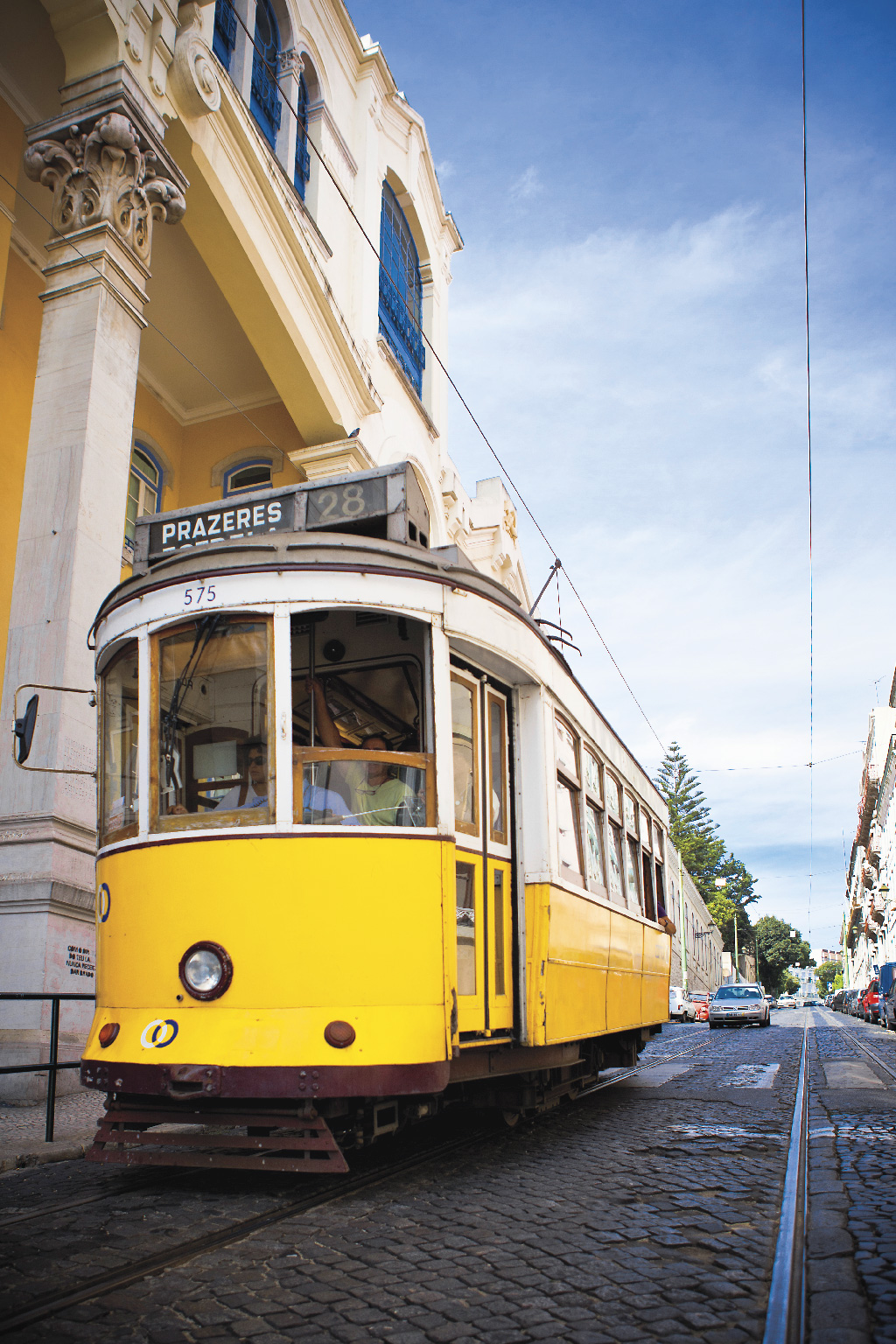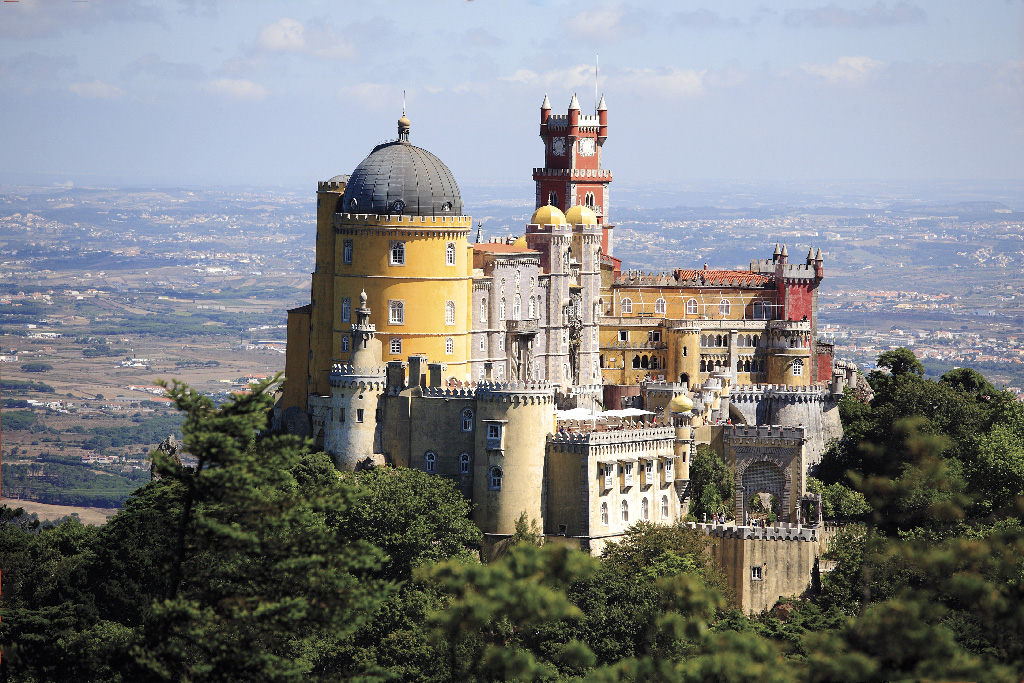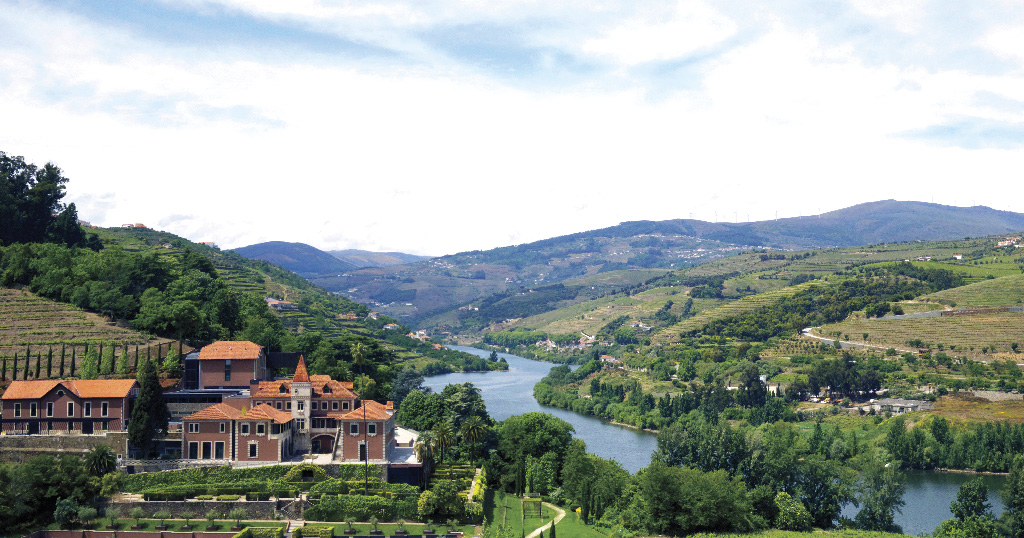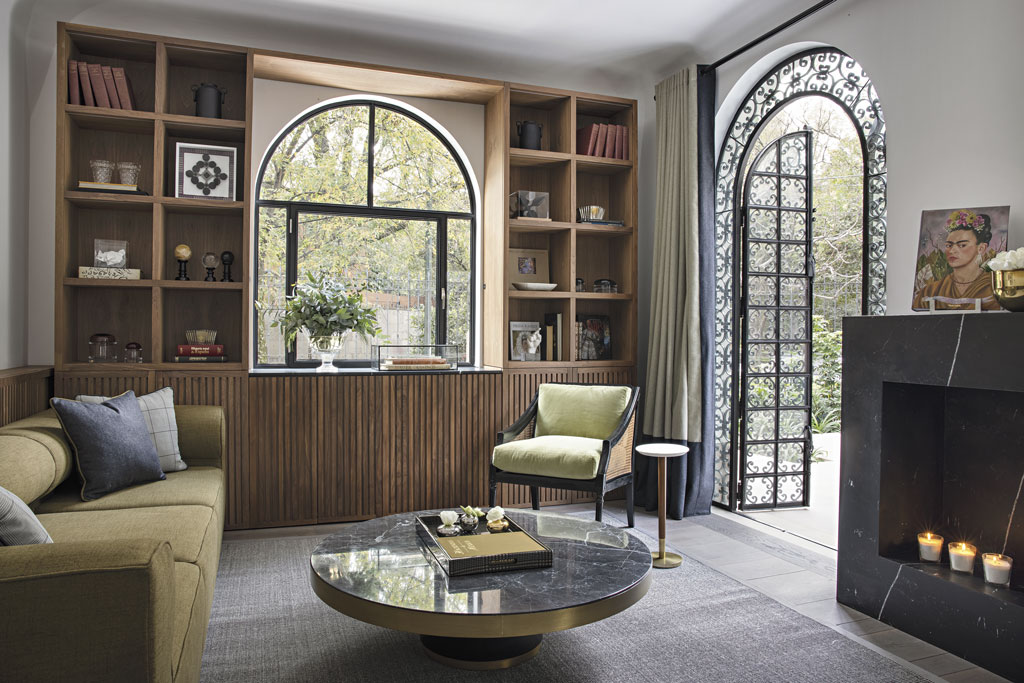Travel
How to Experience the Best of Portugal
 Lisbon’s Remodelado tram (Photo courtesy of Lisbon Tourism)
Lisbon’s Remodelado tram (Photo courtesy of Lisbon Tourism)Do you have a Europe-loving friend heading to Portugal this summer? If so, you’re not alone. Travelers to popular destinations like France, Spain and Italy have learned that Portugal is the continent’s best-kept secret and the natural next step for those looking for great food, wine, access to the outdoors and reasonable prices. Portugal, once one of the world’s most powerful countries because of its maritime influence, is also one of Western Europe’s least expensive destinations. Despite its small size — Portugal is less than a quarter the size of California — the country has diverse landscapes, including cliff-lined beaches and verdant river valleys. Visitors will encounter unpretentious locals while exploring everything from sophisticated cities to windswept coastal villages.
For City Lovers: Lisbon
Portugal’s coastal capital city, Lisbon, has seven hills and suspension bridge views and is a nice alternative to other European centers of culture.
What to Do
An earthquake, fire and tsunami in 1755 leveled much of Lisbon, but the neighborhood of Alfama near the Tagus River escaped with minor damage. Travelers can ride the retro yellow Remodelado trams to the picturesque district and admire the pastel-colored and tiled buildings.
Visitors can also tour Belém Tower, a UNESCO-protected landmark just west of the city center. Nearby, Pastéis de Belém has been serving pastéis de nata, Lisbon’s beloved cinnamon-dusted custard pastry, since 1837. If you like palaces, the royal sanctuary of Sintra is a must-visit. The resort town in Sintra-Cascais Natural Park, about 40 minutes by train from Lisbon, has sea cliffs, pine forests and many villas and palaces, including the whimsical Palace of Pena built for King Ferdinand in the mid-1800s.
Where to Eat
Ten-table Belcanto in Chiado is one of only a handful of Portuguese restaurants honored with two Michelin stars; dishes are inspired by Portuguese culture and history. Try the Classics tasting menu for a snapshot of the restaurant’s most emblematic dishes like carrot with pine nut milk and olives and suckling pig with peppercorn sauce and orange puree.
The nose-to-tail restaurant Prado serves shareable plates like bluefin tuna belly with tomato and acorn-fed Alentejano pork with turnips in a buzzy industrial space with greenery dripping from the soaring ceiling. At Tasca Da Esquina, chef Vitor Sobral reinvents and elevates petiscos (Portuguese tapas) like octopus salad with sweet potato and coriander.
Where to Stay
Named for a famous 19th-century Portuguese explorer, The Ivens, Autograph Collection (from $467 per night), pays tribute to the spirit of Lisbon during the 1800s. The building was the city’s first warehouse for luxury goods. Spanish interior designer Lazaro Rosa-Violán added flamboyant touches (dark wood parquet floors, floral chairs) to public spaces, while the 87 guest rooms are more understated.
The modern Memmo Alfama (from $201 per night) hotel contrasts with the neighborhood’s historic buildings like the medieval Sao Jorge Castle and the 12th-century Lisbon Cathedral. The hotel has minimalist guest rooms, a wine bar and a rooftop pool and terrace with views of the sea and the red tile roofs of Alfama.
Once the home of a wealthy Lisboa family, the Palácio Príncipe Real (from $422 per night) is an oasis in the center of the city. It has just 28 rooms, a large garden, a heated swimming pool and a dedicated wellness area.

For Wine Connoisseurs: Porto and the Douro Valley
Porto, Portugal’s second-largest city, is worth a stop for its walkable downtown, excellent cuisine and port wine–tasting rooms along the river. The UNESCO- protected Douro River Valley, an hour-and-a-half drive east, is the oldest demarcated wine region in the world.
What to Do
Visit the neo-Gothic Livraria Lello & Irmão bookstore in Porto. Author J.K. Rowling frequented the shop when she lived in Porto in the ’90s, and the hourglass-shaped staircase may have inspired the shifting stairs in the fictional Hogwarts Castle.
Wine tasting in the Douro Valley is an adventure, and this is one of the few places where it’s easier to go by boat or train. Terraced vineyards cascade down steep hillsides on either side of the Douro River. The roads are so wind-y that driving from winery to winery can take hours. Winery staff are usually happy to pick up guests from the boat and train stops along the river.
Family-owned Quinta do Crasto is one of the more well-known names in Portuguese wine for a reason. The winery’s sloping vineyards produce excellent old vine red, white and port wines. Winery visits are appointment only but can include a guided tour, tasting of five wines, and lunch. Quinta do Bomfim and 300-year-old Quinta do Vallado are also reliable places to taste.
Where to Eat
Stylish locals like to meet up at industrial Cantina 32 on Rua das Flores, one of Porto’s trendiest streets, for a lively lunch of quail egg croquettes, steak in garlic and white wine sauce, and spritzy port and tonics.
Ode Porto Wine House, in a character-filled space with stone walls and wood-beamed ceilings near the river, serves aged steaks, oysters, fluffy cheese tarts and one of the best selections of Portuguese wines and aged ports in town.
In the Douro, make reservations at DOC in Folgosa for chef Rui Paula’s refined take on regional cuisine. If the weather is warm, try to get a seat on the terrace. Long lunches are practically a religion in the Douro Valley. At the pop-up restaurant Casa dos Ecos (open for lunch Friday to Sunday through October 2023) at Quinta do Bomfim winery, wine lovers can take their time as they enjoy pork ribs with crushed corn and cold oxheart tomato soup.
Where to Stay
In a city known for colorful tiled buildings and opulent Baroque architecture, the stately 16th-century facade of Porto’s new Casa da Companhia, Vignette Collection (from $237 per night), feels unassuming. Inside, the posh getaway spoils guests with a courtyard, an indoor pool and a spa with Turkish baths and saunas.
The upscale Six Senses Douro Valley (from $1,239 per night), surrounded by old-growth forests and vineyards, has a design that includes a 19th-century manor and contemporary architecture. In the stunning spa, where treatment rooms have garden views, guests can book vinotherapy, craniotherapy treatments and more. Accommodations include bedrooms with panoramic river views, spacious suites with private balconies and new one- or two-bedroom villas with private swimming pools.
Quinta Nova de Nossa Senhora do Carmo, known for interesting wines like the Burgundy-style white Mirabilis, is one of the oldest wineries in the Douro wine region. Its small Relais & Châteaux boutique hotel, Quinta Nova Winery House (from $279 per night), feels like a Portuguese family home. Guest rooms have views of terraced vineyards, cypress trees and a centuries-old chapel.

For Sun Seekers: The Algarve
Portugal’s sunny southern coast has whitewashed fishing villages and sandy coves. The area between Lagos and Faro is lined with hotels, villas, bars and restaurants and can be crowded in the summer. Travelers who go inland or to the Western Atlantic Coast will find more solitude.
What to Do
Surfers should check out Sagres at the far western edge of the Algarve. The laid-back town has a long golden beach called Praia da Mareta, a 15th-century fortress and a working harbor.
Hike the Seven Hanging Valleys Trail from Praia da Marinha to Praia de Vale Centeanes to see the Algarve’s most beautiful coastal views. Never dull, the three-hour walk takes you through Aleppo pine forests, up and down ravines, and past delicate arches and bright blue inlets.
Tavira has an intriguing mix of Moorish and Christian architecture; the spires of 37 churches punctuate the city’s skyline. It also has beautiful beaches and is near Ria Formosa Natural Park, where visitors can spot birds like flamingos, waders and other wildlife.
Where to Eat
Travelers to the Algarve should enjoy meals with a salty breeze and a sea view. The seafood restaurant Rei das Praias is on a beach with bright blue water and sculpted sandstone cliffs. Diners can dress fresh Atlantic fish with the bottles of zippy local olive oil on the table.
At Villa Joya Sea at the upscale Vila Joya hotel, guests in linen shirts and flowy dresses dine on sea bass nigiri and sip mojitos beneath wicker lamps and coir-rope blinds.
Where to Stay
Hoteliers in the Algarve have perfected the art of the bohemian farmhouse hotel. Octant Vila Monte (from $409 per night) is an idyllic retreat in the hills about 10 minutes from Fuseta. The buildings are inspired by traditional Algarve architecture and contemporary lines. Interiors incorporate decorative pieces made of traditional fabrics and mat grasses by local artisans. The Garden of Eden–like grounds are planted with fragrant citrus trees, pink bougainvillea and olive trees.
On the Algarve’s Vicentine Coast near Aljezur, Praia do Canal (from $327 per night) doesn’t look like a typical family-friendly resort, with its minimalist architecture and sleek infinity pool. But families love the activities from hiking to horseback riding, surfing to sunset hot air balloon rides, and Praia do Canal’s sunny two-bedroom Family Suites can sleep up to six people.









